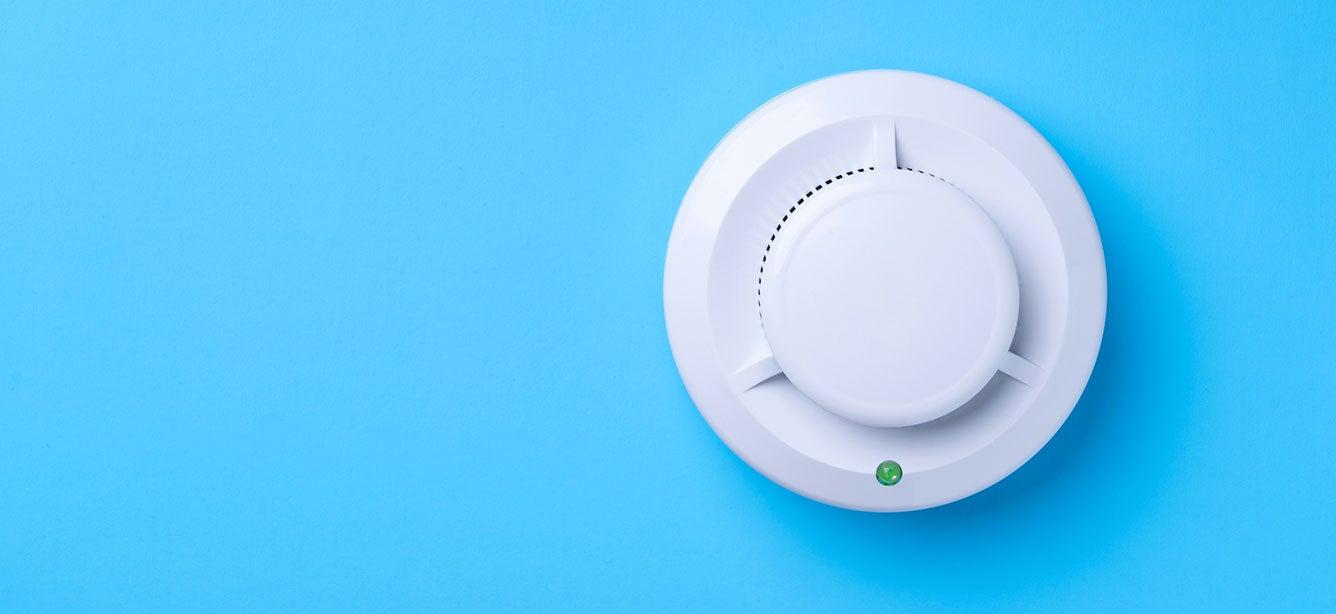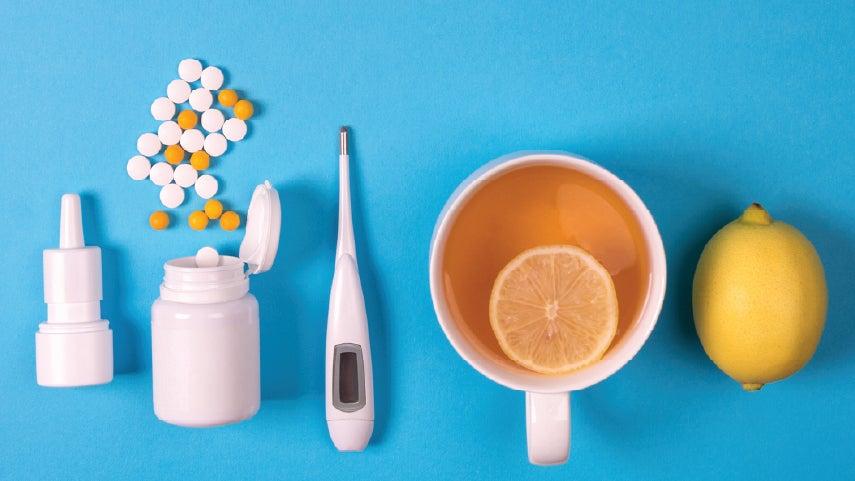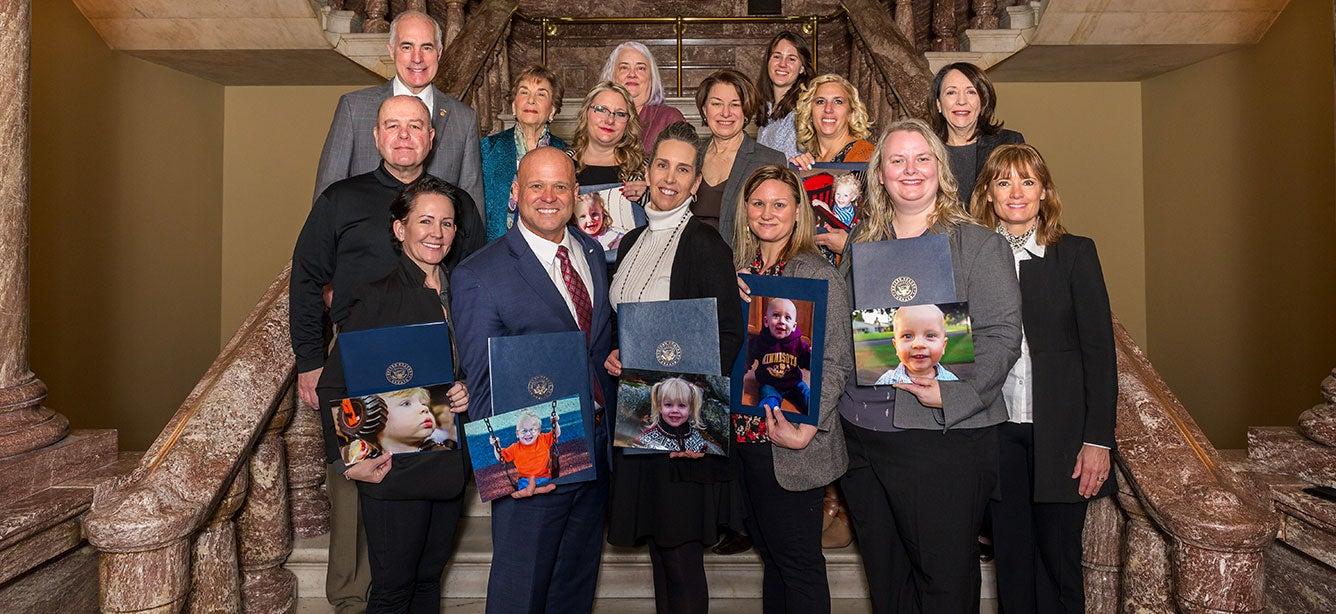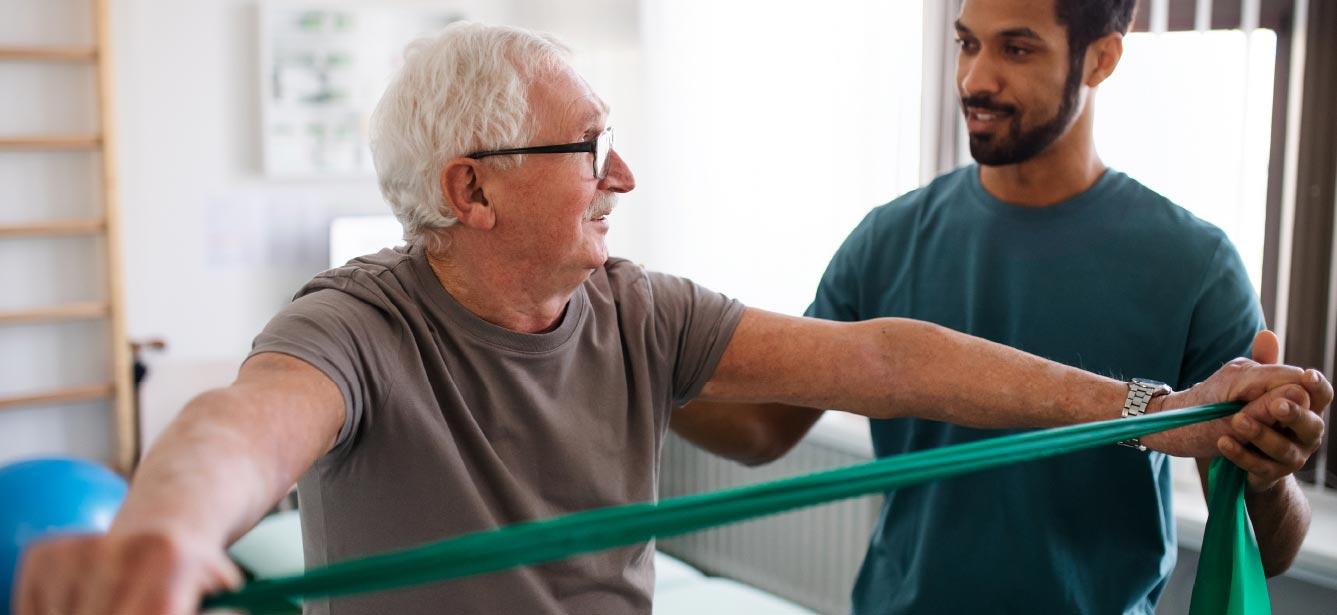
Related Topics
While we like to think of our homes as familiar and safe environments, products in the home can present safety risks, sending millions of older adults to the hospital each year. In fact, Americans age 65+ comprise 71% of consumer product-related deaths annually, despite making up only 16% of the population.1 Falls, burns, drownings and poisonings are among the most common hazards involving older adults—with falls accounting for nearly two-thirds of consumer product-related injuries.
According to the U.S. Consumer Product Safety Commission’s (CPSC) report, Consumer Product-Related Injuries and Deaths Among Adults 65 Years of Age and Older, nearly 3 million older adults visit the emergency room each year for product-related injuries.1 Consumer products are also associated with about 3,800 reports of older adult deaths each year.
"It’s a fact that older adults are far more likely to experience a significant injury, or fatality, from the hidden hazards associated with consumer products in their homes than other age groups,” says CPSC Chair Alex Hoehn-Saric.
This new report is an important reminder that preventing consumer product-related injuries and deaths to older adults often begins by following basic steps to improve safety in all areas of the home.”
Falls are by far the most common product-related cause of injuries and deaths to older Americans. Older adults are six times more likely to be treated at the emergency department as a result of a fall on flooring than younger people. Each year, on average, 1,800 older adults die from falls and 1.5 million are treated in emergency departments for injuries.1 Falls typically happen on floors, stairs, steps, and from beds. Check out CPSC’s latest slips, trips, and falls video for some helpful preventative tips.
Other top hazards to older adults highlighted in CPSC’s report include fires, drowning, transportation, carbon monoxide (CO) poisoning, and adult bed rails.
What is the risk to older adults from fires, drowning, carbon monoxide poisoning and other sources?
- Fires: Older consumers are 3.5 times more likely to die in fires than the general population, with about 930 deaths annually. Smoking materials and cooking are two major fire sources. Clothing fire deaths are a hazard that disproportionately affects this group. The estimated clothing fire death rate for the 65+ age group is 14 times higher than the rate for people under 65.
- Drowning: About 300 older adults die annually due to drownings, mostly associated with swimming pools, bathtubs, and spas.
- Transportation: More than 200 older adults die each year due to crashes involving off-highway vehicles, bicycles, and e-scooters.
- Carbon monoxide poisoning: About 45 older consumers die each year from Carbon Monoxide (CO) poisoning from sources like heating devices, generators, and other engine-driven tools.
- Bed rail entrapment: Adult portable bed rails are linked to about 16 deaths per year for people 65 and older. These bed rails are generally purchased to protect those at risk of falling out of bed. Unfortunately, too many bed rails do not meet safety standards and create an entrapment risk, resulting in suffocation. People can get caught, stuck, wedged, or trapped between the mattress or bed and the bed rail, between bed rail bars, or between a dresser and the bed rail.
How can you prevent injuries to yourself and others in your home?
Although many injuries result from easily overlooked hazards, you can prevent injuries to yourself or visitors to your home. Here are some actions you can take:
- Install handrails on both sides of any stairs in your home.
- Keep stairs well-lit and free of clutter.
- When using stairs, always grip the handrails.
- Keep floors cleared and slip resistant.
- Remove loose carpets, cords, and other items that create a tripping hazard. Be sure all rugs, mats, and other surfaces are non-skid.
- Install grab bars and slip-resistant surfaces in the bathroom.
- Never smoke in bed.
- Install smoke alarms on every level of the home outside sleeping areas and inside each bedroom. Install carbon monoxide alarms on each floor.
- Consider purchasing a medical alert system. Many models offer fall detection, which can provide peace of mind.
- Do not wear loose clothing while cooking. Such clothing can catch fire.
- Keep an eye on food cooking on the stovetop and in the oven.
- Check if the portable adult bed rails in your home have been recalled. If they have, do not use them. If purchasing new ones, look for bed rails that meet the ASTM voluntary standard ASTM F3186 – 17, Standard Specification for Adult Portable Bed Rails and Related Products.
- Don’t swim alone. Take swim lessons. Use a flotation device if you are unsure of your swimming ability.
- Have a professional inspect the furnace for carbon monoxide or fire hazards before turning it on.
- Never operate a portable generator inside the home. Generators should be used outside at least 20 feet away from the house, never near windows or vents.
- Never run engine-driven tools inside, even if for a short time to test repairs.
- Watch for traffic, and wear the appropriate gear when riding four-wheelers, bicycles and e-scooters.
Sources
1. Consumer Product-Related Injuries and Deaths Among Adults 65 Years of Age and Older - December 2021, Consumer Product Safety Commission (March 4, 2022). Found on the internet at https://www.cpsc.gov/content/Consumer-Product-Related-Injuries-and-Deaths-Among-Adults-65-Years-of-Age-and-Older-December-2021



